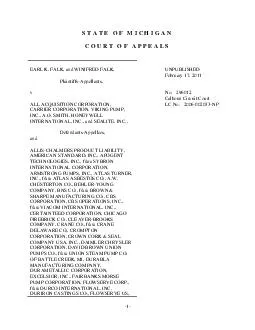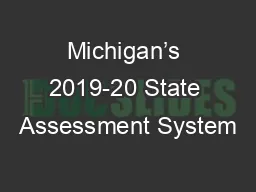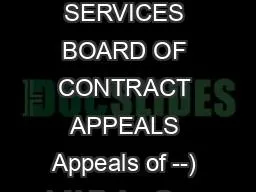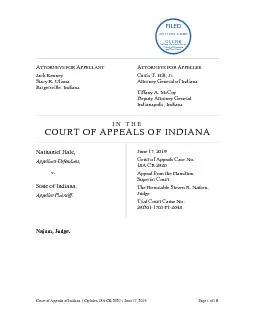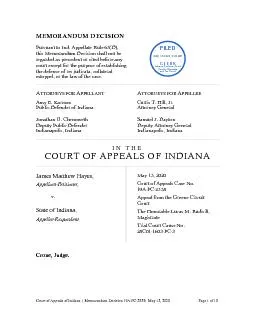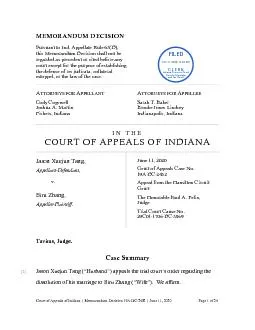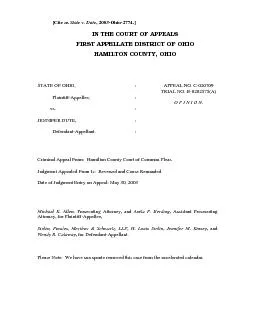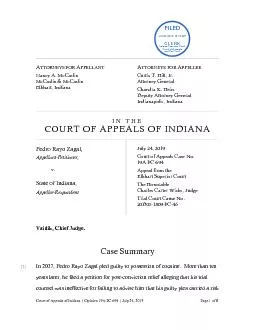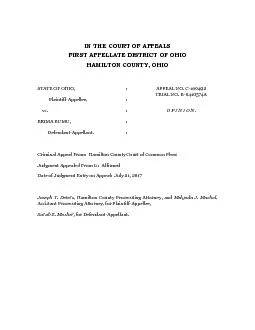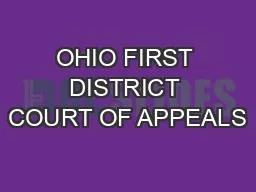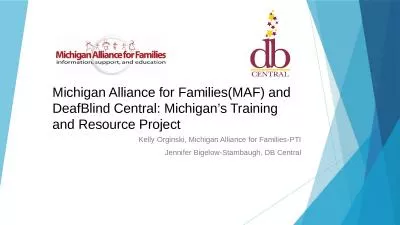PDF-STATE OF MICHIGAN COURT OF APPEALS EARL K
Author : luanne-stotts | Published Date : 2015-04-07
FALK a nd WINIFRED FALK PlaintiffsAppellants UNPUBLISHED February 17 2011 v No 296012 Calhoun Circuit Court ALL ACQUISITION CORPORATION CARRIER CORPORATION VIKING
Presentation Embed Code
Download Presentation
Download Presentation The PPT/PDF document "STATE OF MICHIGAN COURT OF APPEALS EARL ..." is the property of its rightful owner. Permission is granted to download and print the materials on this website for personal, non-commercial use only, and to display it on your personal computer provided you do not modify the materials and that you retain all copyright notices contained in the materials. By downloading content from our website, you accept the terms of this agreement.
STATE OF MICHIGAN COURT OF APPEALS EARL K: Transcript
Download Rules Of Document
"STATE OF MICHIGAN COURT OF APPEALS EARL K"The content belongs to its owner. You may download and print it for personal use, without modification, and keep all copyright notices. By downloading, you agree to these terms.
Related Documents

